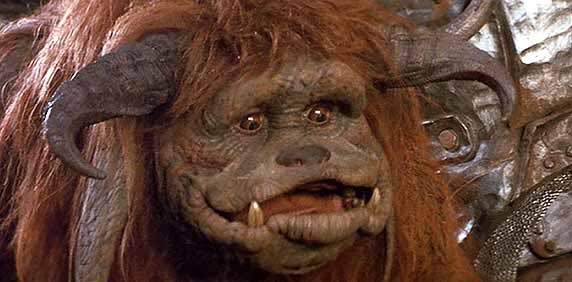Last post I mentioned creating a post to show how to use plaster wrap cloth which is a very convenient method to make masks without the gunk and mess of using papier mache. I recorded the entire process of wrapping the cardboard frame for my Leviathan mask which was almost an hour total. I had to speed up the frames big time to make it fit under Youtube's 15 minute rule and so it's not quite an instructional video, but more of a time lapse to show you how you could use it and the general idea.
Because of this, I'll add in some basic instructions to go along with it. In my video I used a cardboard frame (see this post for details : http://mariemessina.blogspot.com/2012/03/how-to-make-cardboard-frame-for-mask.html) but you can also create one off of your face or on an armature. The bottom line is you need some sort of support for the plaster wrap to lay on before it dries.
What you'll need:
Once you've decided how you're going to do your piece, the rest is very simple.
1. Take your roll of plaster cloth and cut a bunch of different sizes out. I do thick 1 inch pieces as well as thinner ones. I also do a bunch of large triangle shaped pieces. Put all of the pieces on your plate for easy access.
2. Fill your tub with hot water. By the time you're finished the water will probably be luke warm so might as well give it the longest go by starting hot. The box suggests warm water and I have definitely noticed that the material is more flexible when warm versus cold.
3. Set up you work area with your plate of plaster cloth, your tub, a towel and even keep your roll of plaster cloth and scissors off to the side in case you run out and need to cut more or need a specific shape. Make sure you keep your water and plaster well and separate because if you get water on your plate you will end up with hard patches all over your strips! The towel is usually well put between the bowl of water and the mask so that you can let excess water drip from the piece before applying if needed.
4. After that you're ready to go. Just dip a strip in the water and let the excess off on the towel. Place the strip on whichever surface and smooth it down with your finger. Make sure that there are little to no holes showing through the cloth and that you have a smooth white surface.
Thanks for Reading and Happy Creating!
Because of this, I'll add in some basic instructions to go along with it. In my video I used a cardboard frame (see this post for details : http://mariemessina.blogspot.com/2012/03/how-to-make-cardboard-frame-for-mask.html) but you can also create one off of your face or on an armature. The bottom line is you need some sort of support for the plaster wrap to lay on before it dries.
What you'll need:
- Plaster Wrap Cloth -- available at craft stores or @ Amazon Rigid Wrap Plaster Cloth
- Scissors any kind will do but if you don't have any at all grab some here Soft Grip Scissors
- a tub for warm water -- I use an old true (cool) whip container
- a towel
- a plate (paper is fine)
- a surface to work on
Once you've decided how you're going to do your piece, the rest is very simple.
1. Take your roll of plaster cloth and cut a bunch of different sizes out. I do thick 1 inch pieces as well as thinner ones. I also do a bunch of large triangle shaped pieces. Put all of the pieces on your plate for easy access.
2. Fill your tub with hot water. By the time you're finished the water will probably be luke warm so might as well give it the longest go by starting hot. The box suggests warm water and I have definitely noticed that the material is more flexible when warm versus cold.
3. Set up you work area with your plate of plaster cloth, your tub, a towel and even keep your roll of plaster cloth and scissors off to the side in case you run out and need to cut more or need a specific shape. Make sure you keep your water and plaster well and separate because if you get water on your plate you will end up with hard patches all over your strips! The towel is usually well put between the bowl of water and the mask so that you can let excess water drip from the piece before applying if needed.
4. After that you're ready to go. Just dip a strip in the water and let the excess off on the towel. Place the strip on whichever surface and smooth it down with your finger. Make sure that there are little to no holes showing through the cloth and that you have a smooth white surface.
Thanks for Reading and Happy Creating!
If you found this post helpful please share it with your friends! I also love a comment! You can get up to the minute updates by following me on Facebook by clicking here. I'm also on Youtube now; please subscribe by visiting my channel here.




